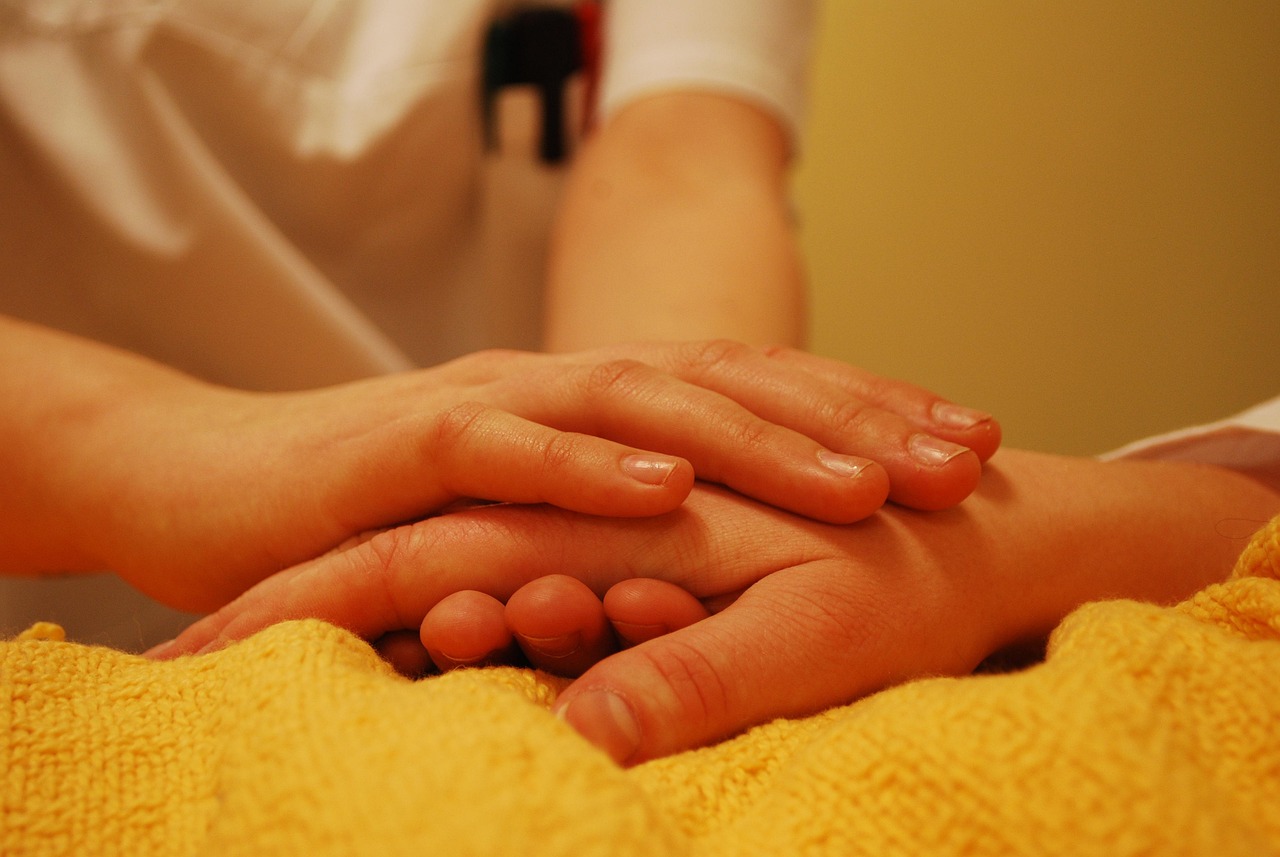Use of Acupuncture and Herbal Therapy During Conventional Cancer Treatment
Oriental Medicine (OM) continues to gain recognition for its potential to support individuals undergoing cancer treatment. Acupuncture and Chinese herbal therapy have demonstrated effectiveness in reducing common side effects associated with chemotherapy and radiation, contributing to improved quality of life in cancer patients.
Research Evidence on Acupuncture in Oncology
Significant advancements in acupuncture research have been observed since the early 1970s. The National Institutes of Health (NIH) funded the first acupuncture trials in 1973, and the Society of Acupuncture Research (SAR) has actively promoted further investigation. At a 1997 NIH Consensus Development Conference, experts concluded that existing evidence supported integrating acupuncture into conventional medical practice.
Studies have consistently shown that acupuncture can reduce chemotherapy-induced nausea, vomiting, and pain. The American Cancer Society acknowledges its effectiveness in managing nausea caused by chemotherapy and anesthesia. Additionally, acupuncture has shown promising results in reducing chronic pain in cancer patients when conventional methods fail.
Further research has supported acupuncture’s benefits in managing dyspnea (difficulty breathing) in patients with advanced breast and lung cancer. A study by the University of Pittsburgh Cancer Institute investigated its application in advanced colorectal cancer, emphasizing the need for symptom-focused interventions.
Chinese Herbal Medicine as Supportive Cancer Therapy
Chinese herbal medicine (CHM) offers additional support for chemotherapy or radiation patients. CHM may provide relief from nausea, improve immune function, and enhance patient tolerance when pharmaceutical anti-emetics or analgesics are ineffective or poorly tolerated.
In one clinical study involving 182 cancer patients undergoing chemotherapy, 98 participants received herbal formulas alongside standard treatment. The herbal group showed improved appetite, weight gain, reduced leukopenia and thrombocytopenia, and had lower recurrence and mortality rates over a five-year follow-up compared to the group that received chemotherapy alone.
Other studies have examined the effects of combining CHM with radiotherapy. Results revealed that patients receiving combined treatments were more likely to complete their radiation protocols and demonstrated greater tumor reduction. CHM has also been observed to stabilize white blood cell and platelet counts, helping patients tolerate full treatment courses.
Findings from University of California researchers highlighted the capacity of Chinese herbs to reduce tumor load, prevent recurrence, protect organ function, strengthen digestion and immunity, and mitigate adverse effects from conventional treatments. Within the OM framework, cancer is viewed as part of a systemic imbalance; treatment focuses on restoring homeostasis throughout the entire body-mind system.
Frequency and Duration of Integrative Treatments
The number of acupuncture treatments typically ranges from 5 to 9 sessions over three months, aligning with ongoing chemotherapy and/or radiation schedules. Treatment frequency is tailored to individual needs. Some patients receive acupuncture every week alongside each chemotherapy session, while others find biweekly sessions sufficient.
During breaks in conventional treatment, acupuncture may be supplemented with daily herbal therapy to support immune health, digestion, and energy. Frequency is determined by the patient’s treatment cycle, tolerance, and therapeutic response.
Cost Considerations
Acupuncture used alongside conventional cancer treatments may involve varying expenses depending on the treatment plan and session frequency. In many cases, the total cost is influenced by individual treatment goals and the duration of supportive care. However, insurance coverage for acupuncture differs significantly depending on location and provider policies. As a result, patients often explore alternative payment methods. For example, some individuals choose to use flexible spending arrangements or health savings accounts to help manage out-of-pocket healthcare costs. In addition, discussing financial planning early in the course of treatment may assist in aligning care with available resources.
References
- NIH Consensus Panel. Acupuncture. NIH Consensus Development Statement. Bethesda, MD, Nov 3-5, 1997
- Vickers AJ. A systematic review of acupuncture antiemesis trials. J R Soc Med. 1996;89:303–311
3–5. American Cancer Society and related studies on acupuncture efficacy for chemotherapy-induced symptoms - Block KI. Acupuncture Complements Cancer Therapy. Acupuncture Today, 2003
7–15. Weiger W., Belluomini J., Alimi D., and others. Randomized and blinded controlled trials evaluating acupuncture for pain, nausea, and vomiting in cancer care - Vickers AJ, et al. Acupuncture for dyspnea in advanced cancer. BMC Palliat Care, 2005
- University of Pittsburgh Cancer Institute study on acupuncture and colorectal cancer patients
